Murrurundi: a garden playground
In what can only be described as a continuing lockdown article double-down, amateur whore-to-culturalist Michael Reid will literally drift off whilst wide awake on discussing the joys of Long Bed planting which he shares in this month’s first story.
But wait, there is more. Possibly not to be read out loud to the kiddies, but Hell why not.as every parent scares their children, you could at least make a concerted effort in our second article he shares his general thinking on the use of Blood & Bone in the garden. It is bone crunchingly revolting.
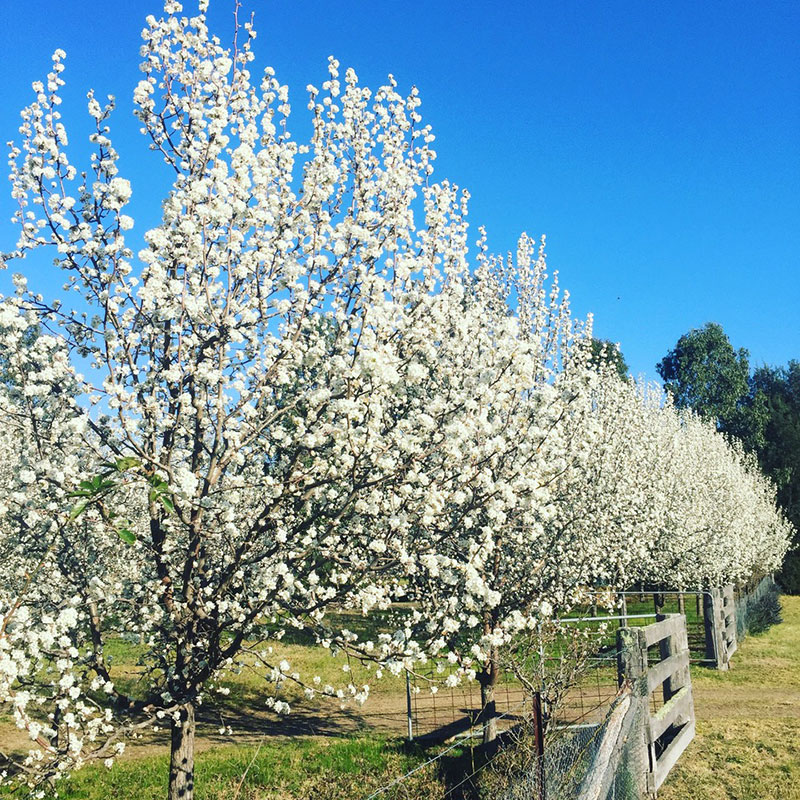
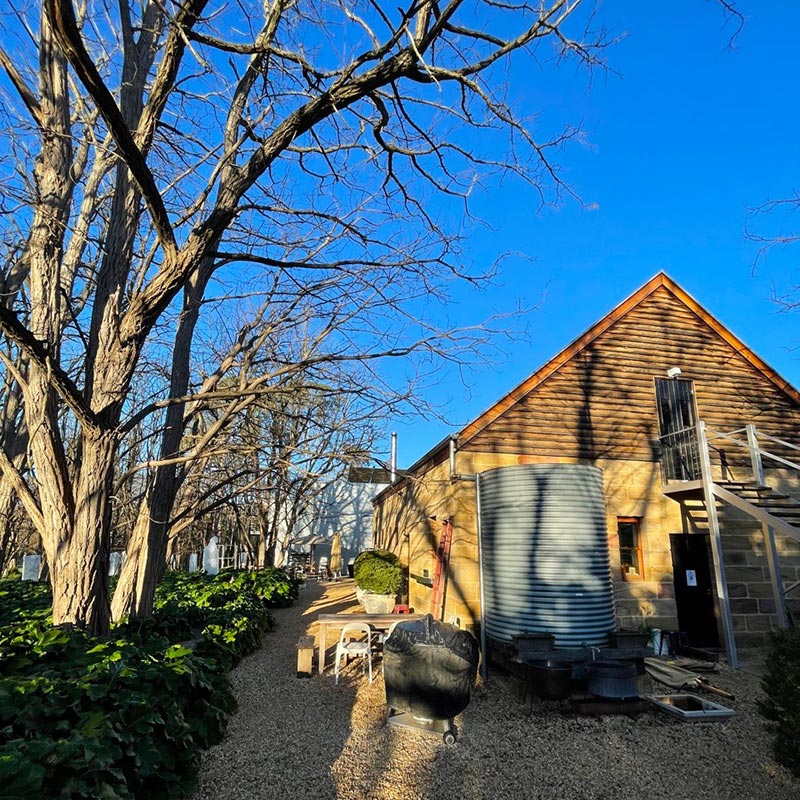
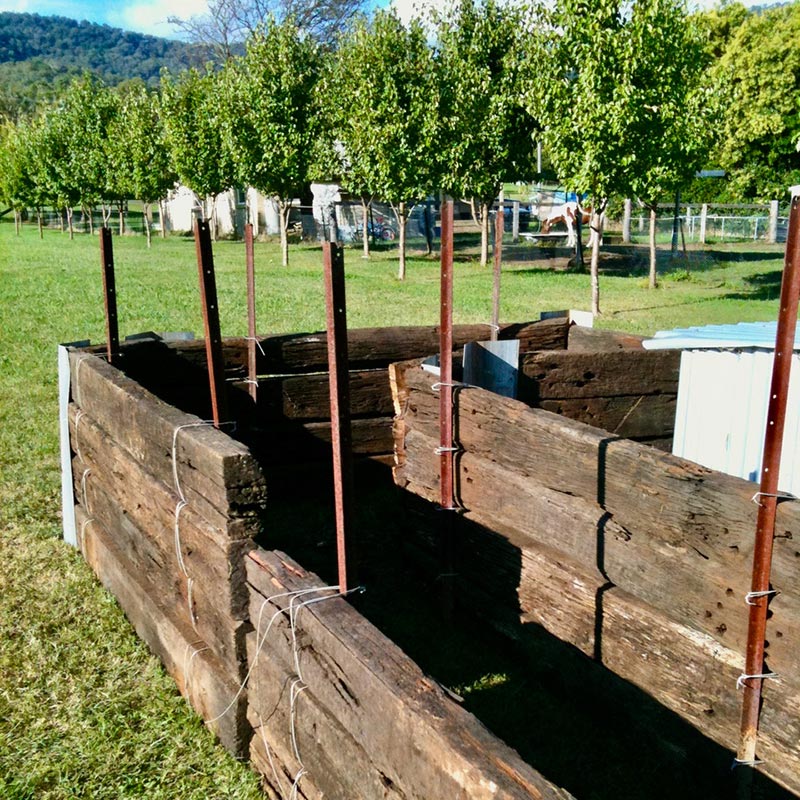
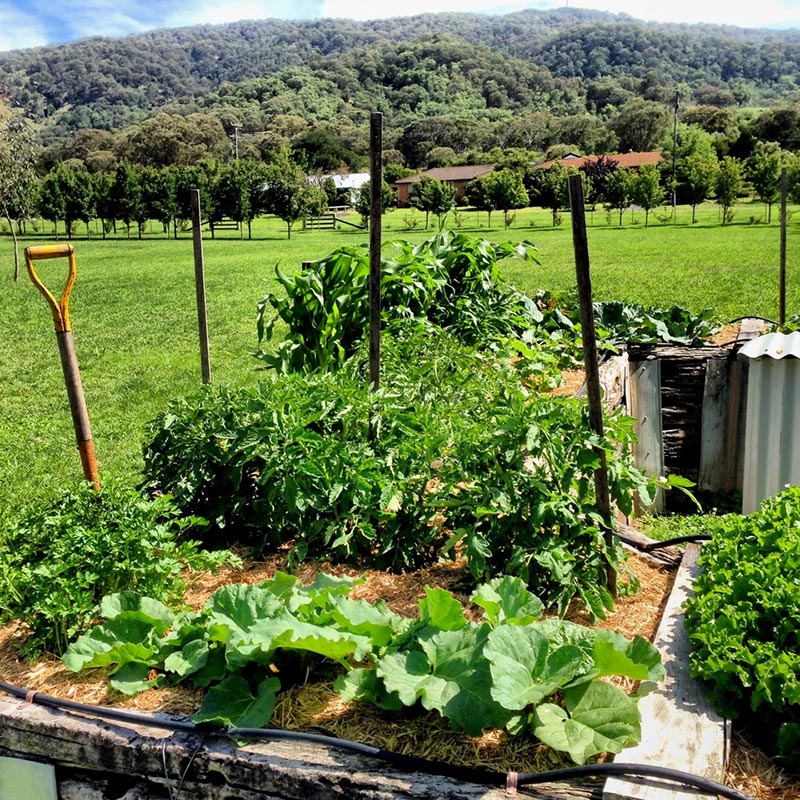

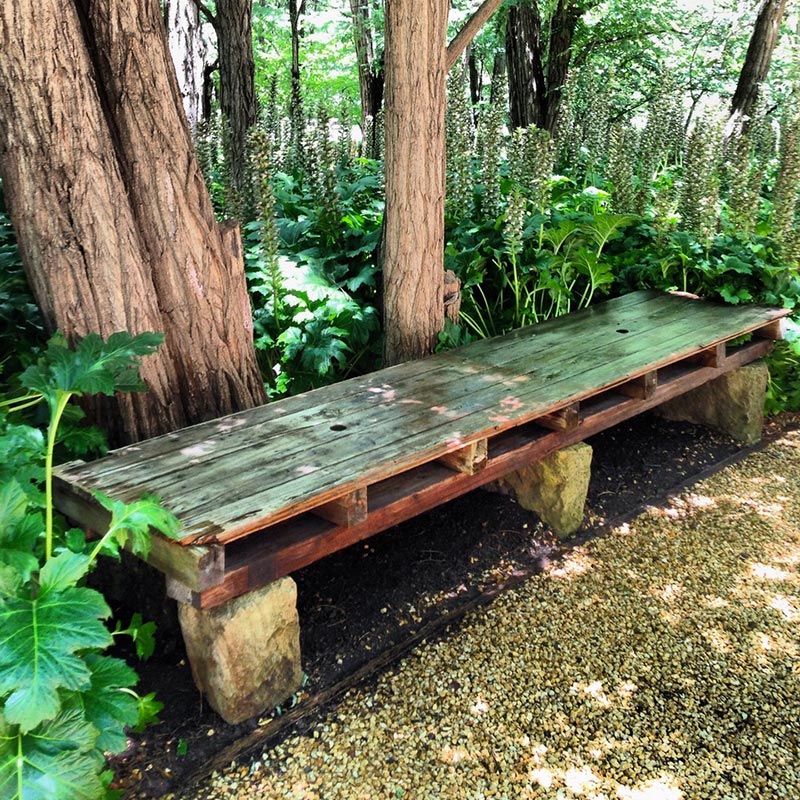
Now for those that know me (and those legions who would rather not,) it may be apparent from this missive that in my late middle age I have become somewhat of a gardening convert. Displaying, unfortunately, all the signs of the zealous convert – an affliction that is vulgar when it comes to religion and no less so I suspect, when it comes to gardening. I have discovered gardening as an art form. It must also be said from the outset, that I am not a physical gardener as such. However, I do good ‘garden supervision”. My gardeners, Mitchell Black & Hayden Kayne, are a marvel of ability and small country town patience. I tend to water, potter about and contemplate improvements – I think of the Palace of Versailles and work my imagination up. Mitchell and Hayden on the other hand, tend to do.
I like scale in a garden and am fortunate enough to be able to design over nearly six hectares. In its early days the garden layout was dictated by the old garden plantings of the late Trixie Kelleher (my wife’s very distant relative), a garden of large gracious trees that had been slowly abandoned over the decades, too much blackberry (Rubus fruticosus) and privet (Ligustrum lucidum). The bones of the garden were resumed and redefined nearly twenty years ago under the talented eye of the late Sydney garden designer, Kimberly Appleby.
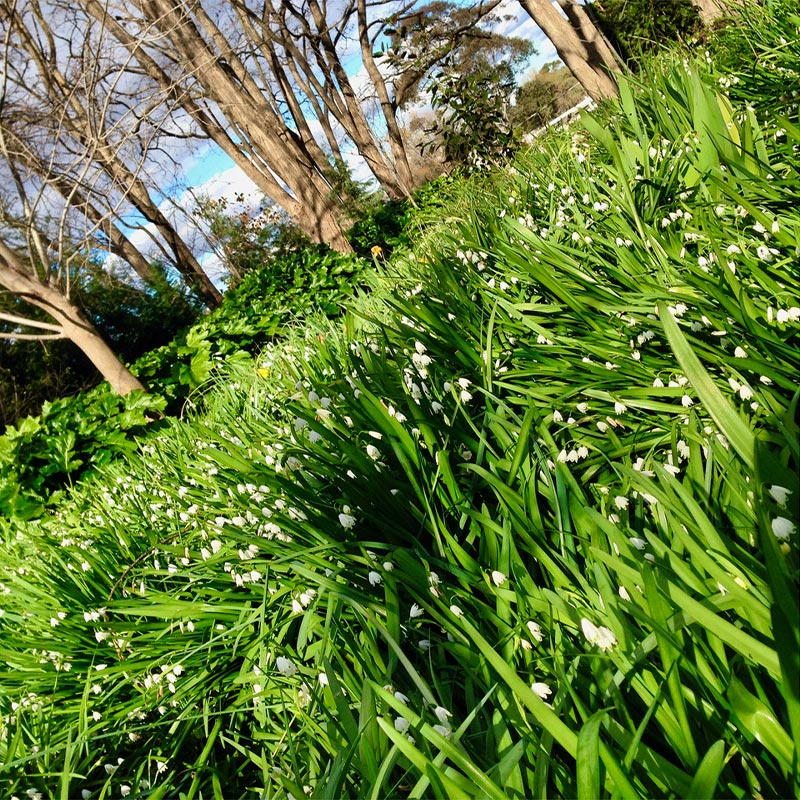
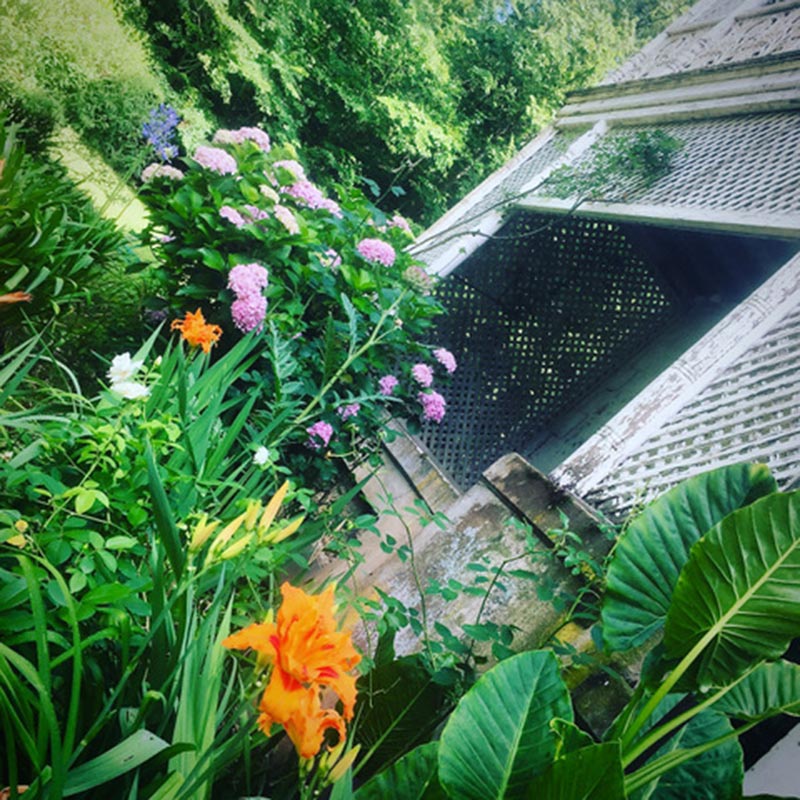
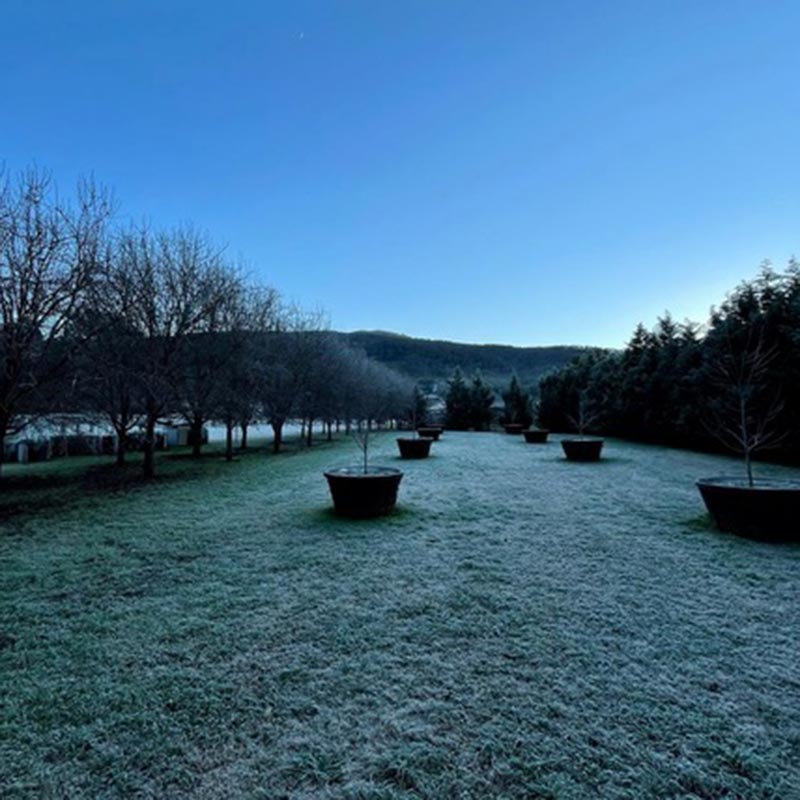
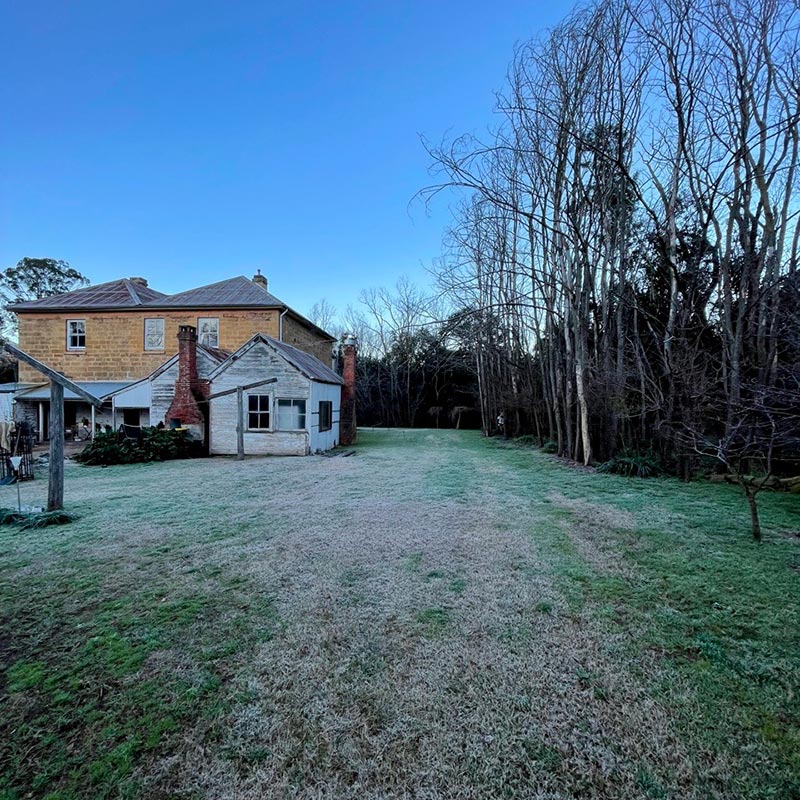
Like much contemporary living, the garden is intended to be an extension of the house. Above all I want the garden to complement the art gallery. Large sculptures will one day be placed in a parkland setting – a joy that one is unable even to consider in Sydney. I want the beauty within the four walls of the former convict cell block and new gallery to be echoed within the garden. The buildings themselves are on the whole old and established. The house and stables were built between 1840-1842, from locally quarried sandstone, for the A.A. Company surveyor, Henry Dangar. When Nellie’s great-great grandfather bought the house, it was called The White Swan Inn. Later it was known as The Woolpack Inn and then The Mountain View Inn, finally being renamed Bobadil House in the 1860s. Maintaining the architectural simplicity of the buildings, which are early Victorian bordering on the austerity of the Georgian, the garden is straightforward and largely no nonsense.
I like trees. I think in another life I was an Edwardian tree-hugger. Hopefully a wealthy, privileged, landed and wearing-of-tweed one, but a tree- hugger nonetheless. So, the garden is largely one of trees, with one significant garden bed – populated in summer predominantly by Hollyhocks (Alcea) and foxgloves (Digitalis). In the Long Bed I am not one for colour schemes, preferring a jolly good sprinkling of self-sowns. Self-sown flowers are a bit like self-made people, in the end you reap a vigorous mixed bunch that do not always play well together in the sandbox – their fission however, is most stimulating.
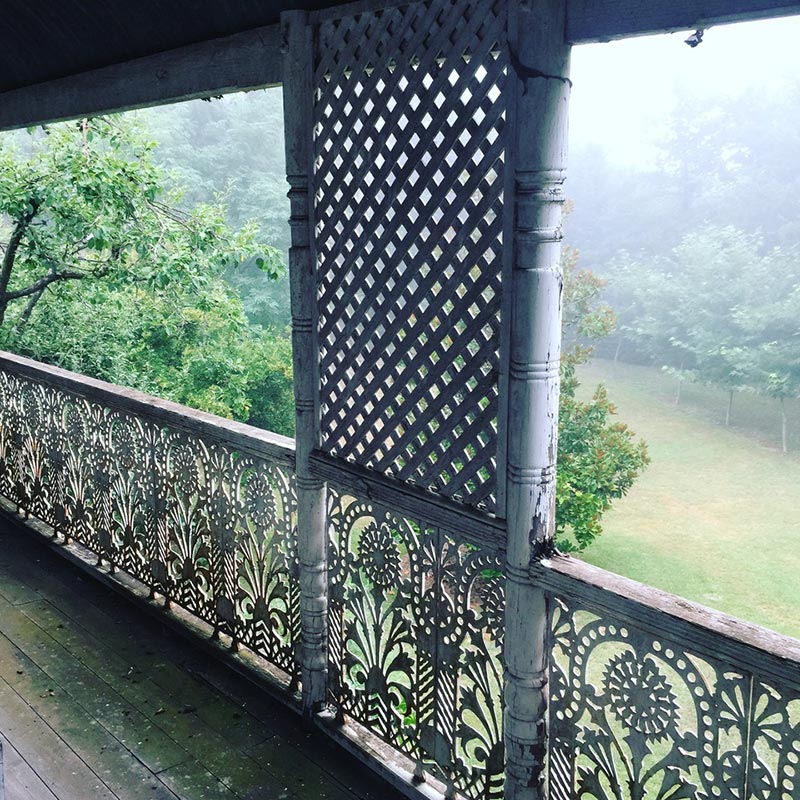

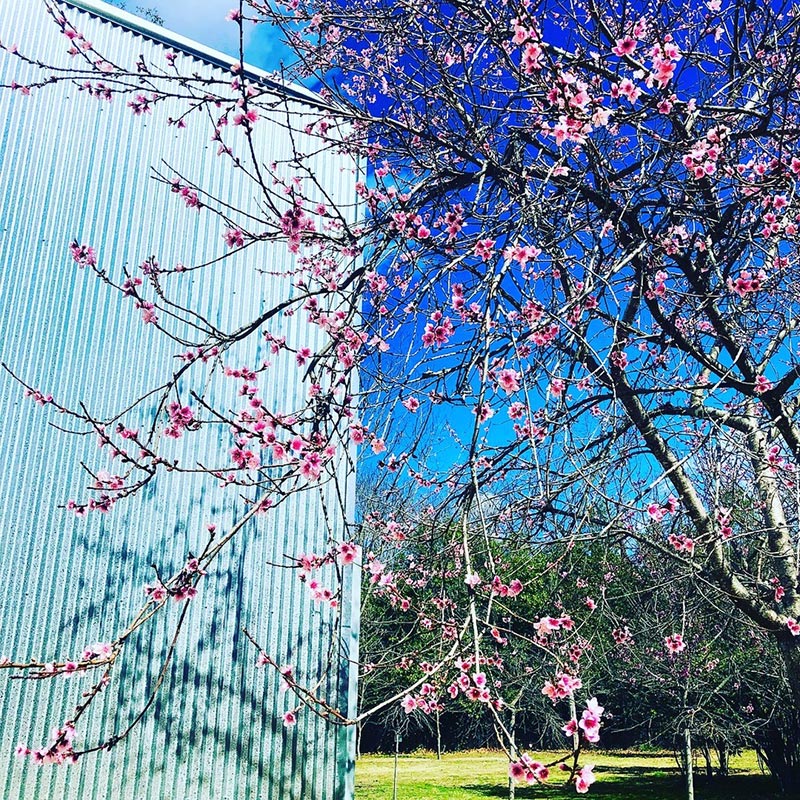

We are fortunate to have a forest of various elms surrounding the house, creating a moody break from the strong western sun. The trees and sun converge to direct much of the gardening action. Take another all too obvious tip from me: you cannot fight a garden’s microclimate. Deeply concerned as I was with my Hellebores over summer, I was nonetheless ruthless in expunging Hydrangeas (Hydrangea macrophylla) from the smaller front beds. Perfectly in keeping with the house they were, but in the wrong, way too hot spot they were a-planted. Their melted grandeur was transplanted elsewhere. In middle age and under the soothing influence of the garden I am learning to bend like the willow. Having said that, if that noxious bastard should end up on my garden, then out by the roots it would go.
So, there I was in January mulching, working with the local microclimate and, best of all, moving all and sundry hither and yonder with a bobcat. Gardens, I have discovered, are moveable beasts capable of being settled only when they are successful. Possibly the most fun boys” toy ever invented, a bobcat is like a highly manoeuvrable toy Tonka tractor on steroids. I truly recommend everyone have access to one. Lose the four-wheel drive. Bobcats are so much more fun in the suburbs. Darryl Walsh – my almost permanently employed bobcat man – rips, tears, digs, clears, rebuilds, levels-out and repositions the land with swift skill. You see, if you plant a tree and then want to move the whole thing elsewhere- then a bobcat is for you. With said bobcat, and some care and skill you can almost do anything.
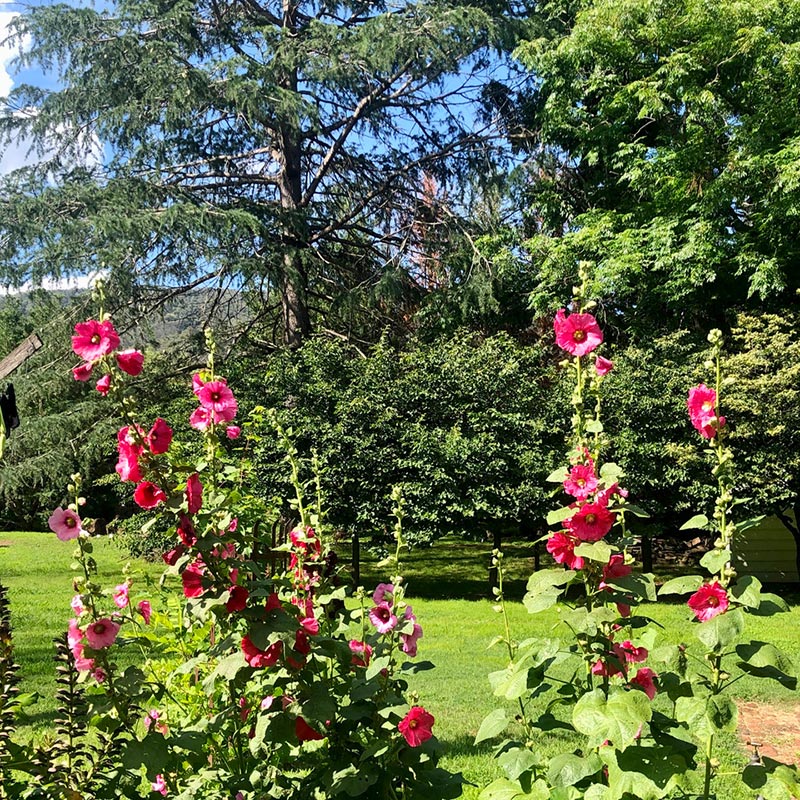
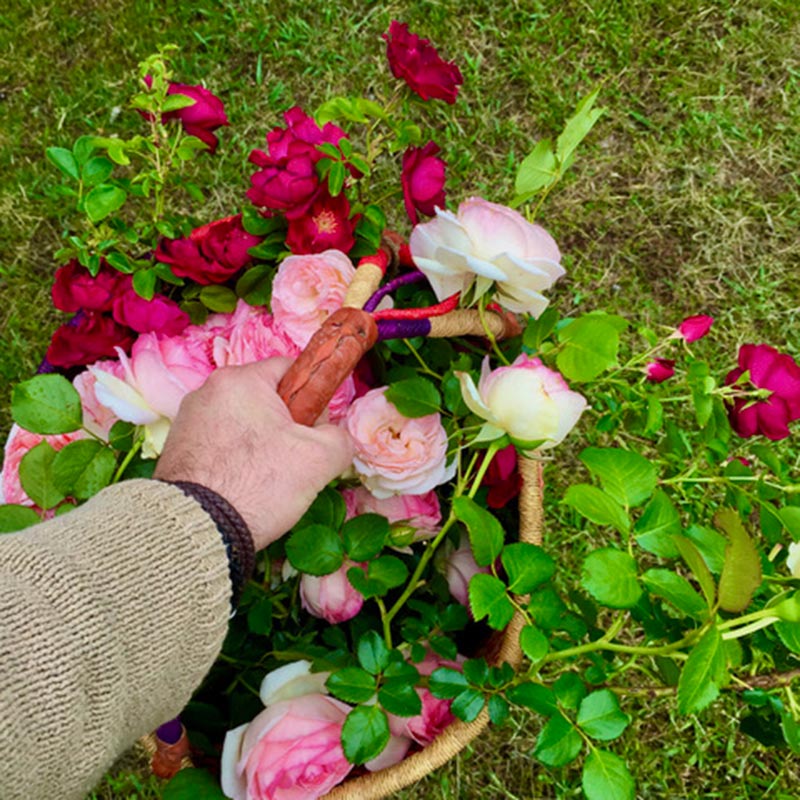
The entire architecture of a garden can, and possibly should, be continually honed and defined. Good gardens require constant reinvigoration and improvement. This summer, I moved the fence line closest to the house about four metres to the left. A bobcat and two fencers did this job in four days. You see, when we first took possession of the house we immediately dog-proofed the two hectares of the grounds surrounding the house. Instead of clearing a portion of dense forest adjacent to the house, we fenced in front of the forest, and the result was just a tad too close to the house for comfort. So it has been moved. Oh the joy of a bobcat – simple and quick in achieving its goal!
Seventy-five eucalypts of varying species have been planted in the Creek. Eucalypts are a selfish species by nature- so big, and yet they throw so little shade. On the topic of blood and bone alone, one could bang on for days, and in the next article I do.
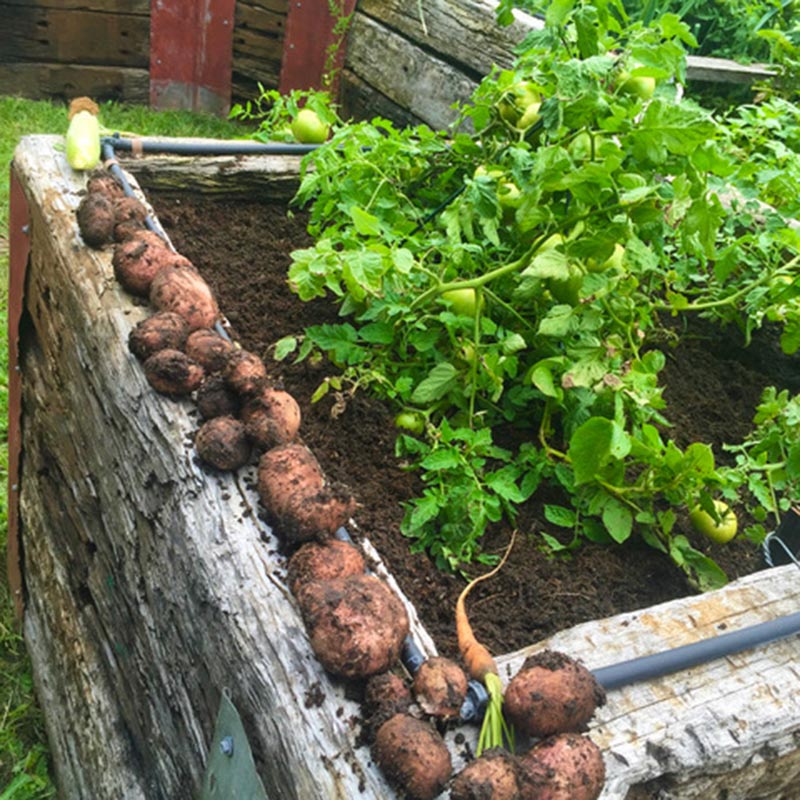
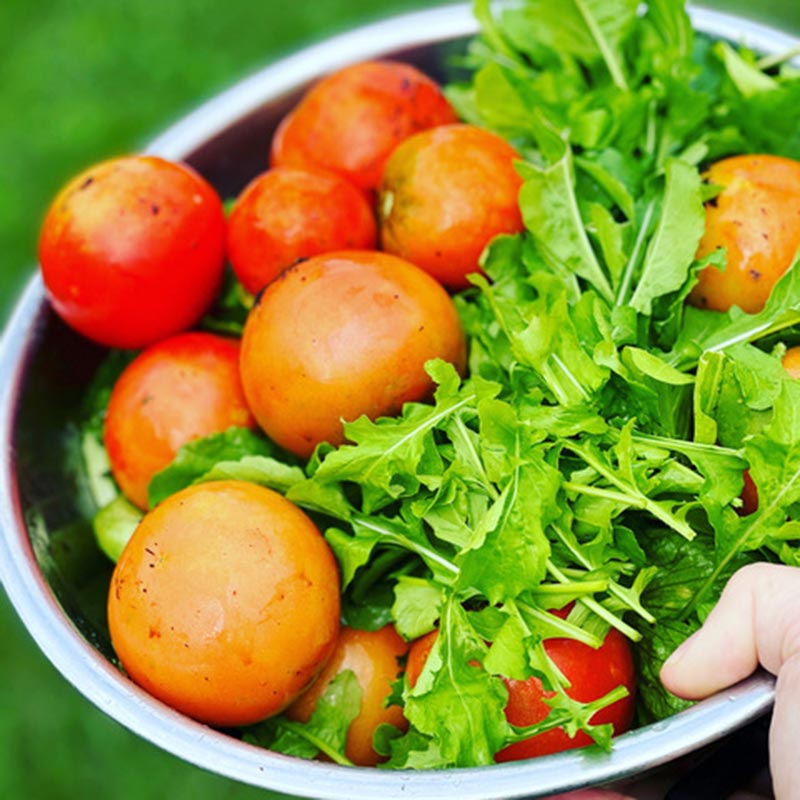
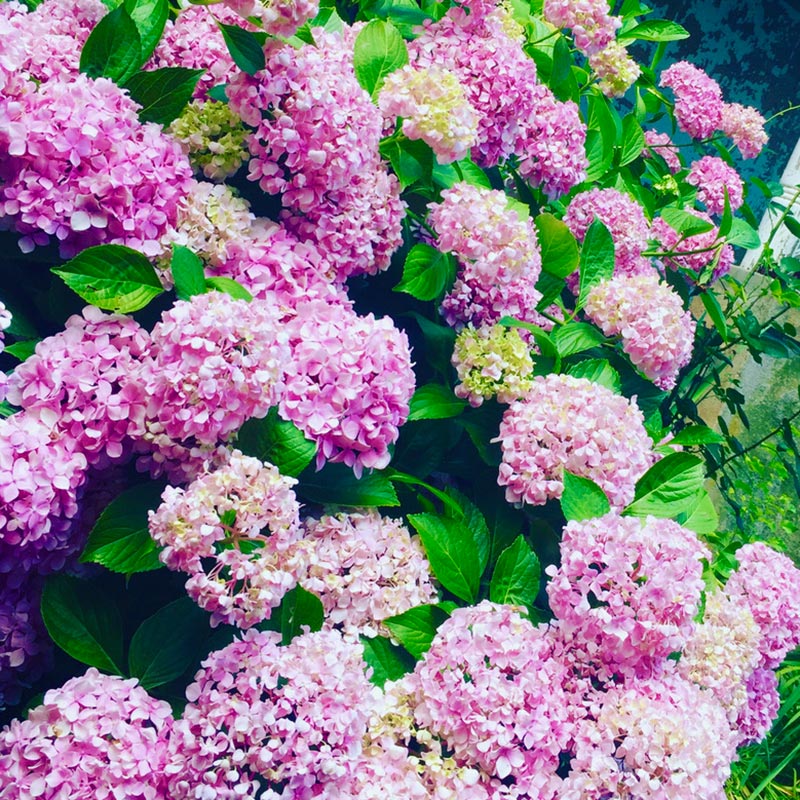
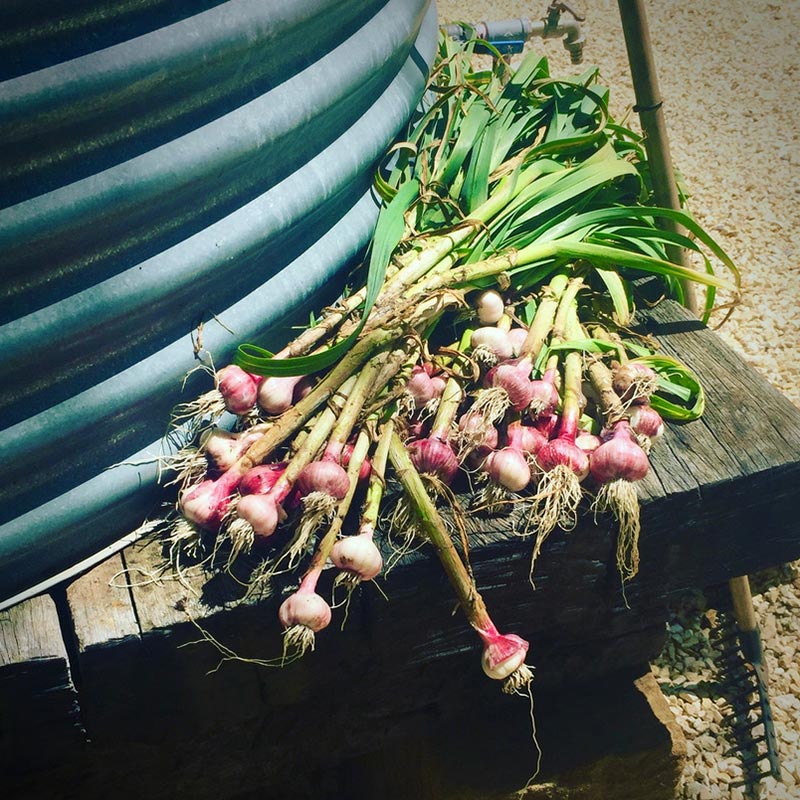
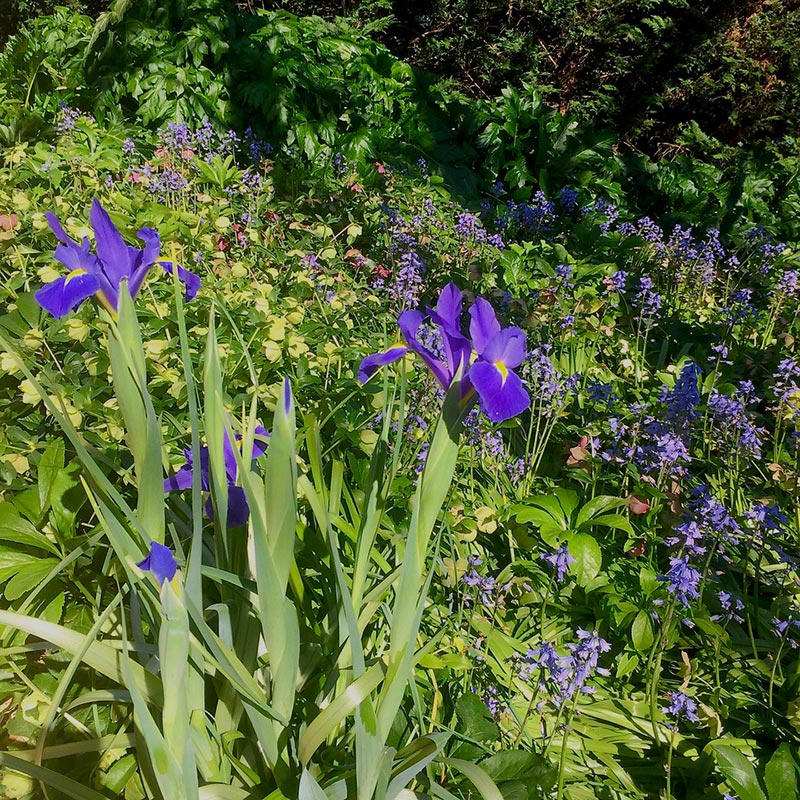
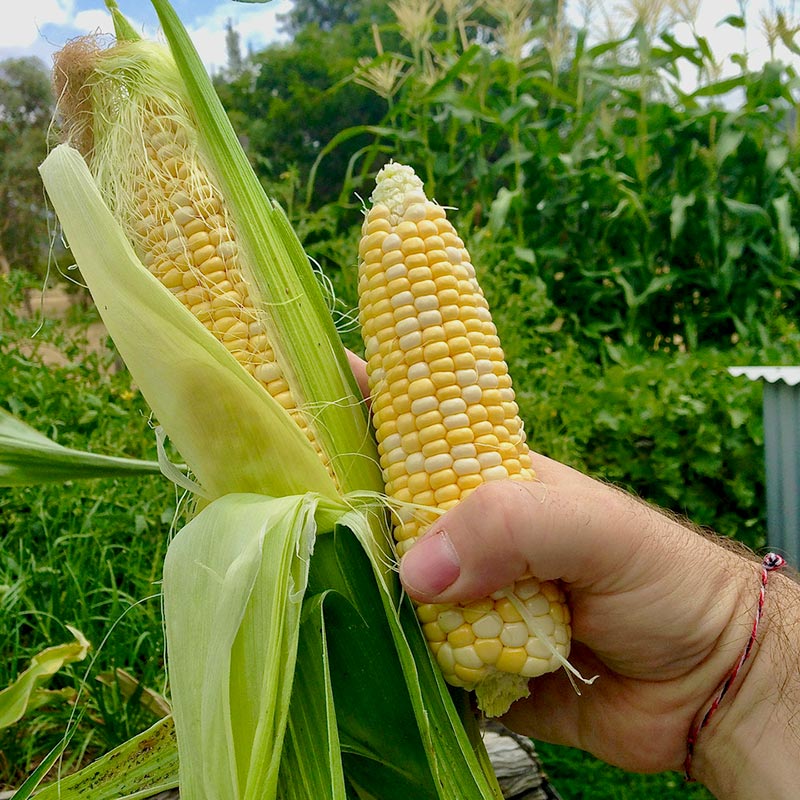
In terms of application, the light sprinkling of dead animals is a rather namby-pamby conservative nonsense, for, as anyone will tell you, if steroids work a treat at the Olympics then an excessive use of Blood & Bone in the garden is guaranteed to bring home a gold medal in horticulture. Throw the stuff around; I buy 20 kilo sacks of the wonder.
As for the gardener, dutifully watering-in Blood & Bone, that is so yesterday. Any web-literate gardener in their right mind will tell you to log on to weatherzone.com.au, punch in your postcode, follow the weather map and throw around the Blood & Bone on the days designated to 90% rain. Remember it is upstairs for dancing, and if you use just a little web nous, all your effort and your subsequent water bill will be greatly reduced. Natural fertiliser combined with natural watering-in methods work for me.
Blood & Bone smells – death generally does. In regards to sensitive issues of the nose, you need to let this one go. If the somewhat sweet pungent reek of carnage is a problem for you, then I suggest you book a holiday in Rome around about the time your gardener gets down and dirty. It is surprising however, how nostalgic many gardeners are about the lingering waft of pong. The stench of Blood & Bone is to many- like the smell of Napalm in the morning – one of victory.
Take a few tips from me; do NOT liberally apply Blood & Bone to the garden in the midst of summer, on the day friends are popping over for a BBQ. Like the eyes of the Australian Taxman turned towards a Cayman Islands revenue shelter, the application of Blood & Bone attracts the attention of others. Our Border Collie loves to eat the stuff, and although doing so does save on dog food overheads, their little paws do tend to leave the ‘ground-in body of a cow look” on the bedroom sheets. Flies, flies, and more flies can also be expected to attend the party. Oh, and having ‘sprinkled” the vegetable garden with Blood & Bone, do not forget to thoroughly wash that little green salad before serving it up at the BBQ. There was the little episode of the slightly tinged pink, crunchy garden salad, but let’s not go there.
Deciduously yours,
Michael Reid OAM
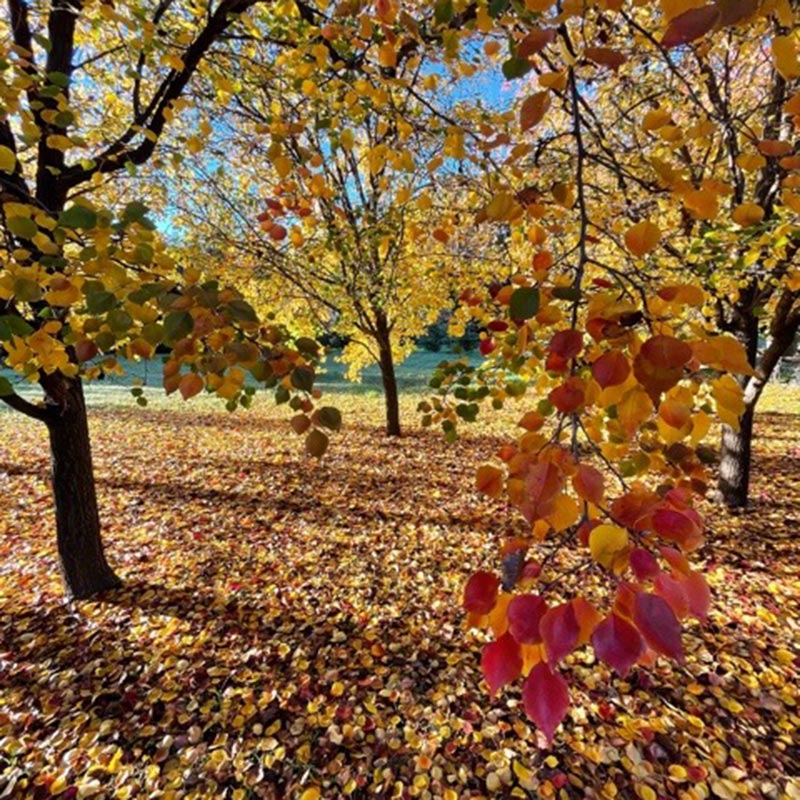
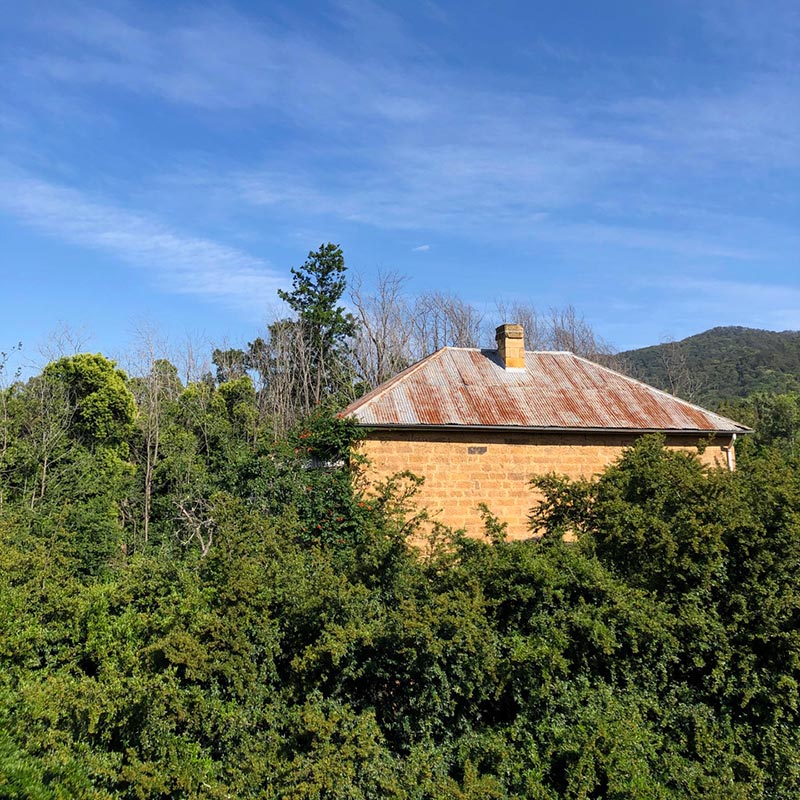

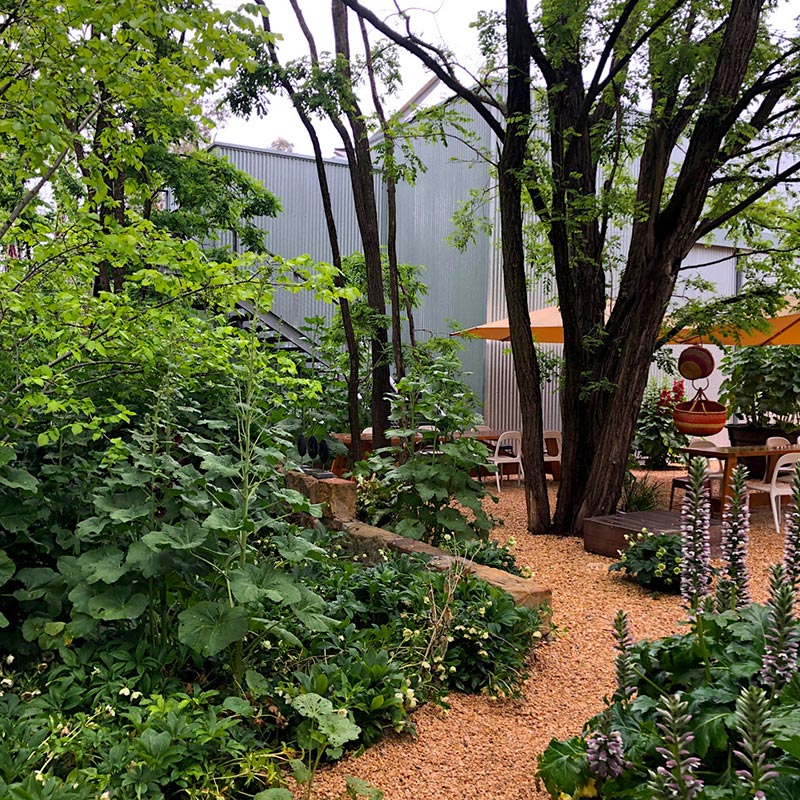

Michael Reid OAM
“You can take a whore-to- culturalist to the garden, but you cannot make him dig.”
- XXXVIII LA Story by Michael Reid OAM April 2024
- XXXVII Julz Beresford by Michael Sharp March 2024
- XXXVI Sydney Contemporary by Jason Mowen February 2024
- XXXV The US of A by Michael Reid OAM December 2023
- XXXIV Scone Grammar School’s principal Paul Smart by Victoria Carey November 2023
- XXXIII AgQuip by Jason Mowen October 2023
- XXXII Tinagroo Stock Horse’s Jill Macintyre by Victoria Carey September 2023
- XXXI The Old Gundy School House by Victoria Carey August 2023
- XXX Annette English by Victoria Carey July 2023
- XXIX The Ghan by Jason Mowen June 2023
- XXVIII All in the family: The Arnotts May 2023
- XXVII A Capital Plan by Jason Mowen March 2023
- XXVI Mandy Archibald March 2023
- XXV Paul West February 2023
- XXIV The Other Newcastle by Jason Mowen January 2023
- XXIII Mount Woolooma Glasshouse at Belltrees December 2022
- XXII Murrurundi to Matino: with Jason Mowen November 2022
- XXI James Stokes October 2022
- XX Adelaide Bragg September 2022
- XIX Tamara Dean August 2022
- XVIII Going home: Angus Street July 2022
- XVII Belltrees Public School June 2022
- XVI A Road Trip on the New England Highway May 2022
- XV David and Jennifer Bettington: from horses to houses April 2022
- XIV Denise Faulkner: Art of the Garden March 2022
- XIII Childhood memories: Willa Arantz February 2022
- XII Riding ahead: Giddiup January 2022
- XI Ingrid Weir’s rural life December 2021
- X Life by design: William Zuccon November 2021
- IX Life on the land: The Whites October 2021
- VIII Goonoo Goonoo Station September 2021
- VII Murrurundi: a garden playground August 2021
- VI Pat’s Kitchen July 2021
- V A creative life: Charlotte Drake-Brockman June 2021
- IV Magpie Gin May 2021
- III The Cottage, Scone April 2021
- II At home with Jason Mowen March 2021
- I A town that performs February 2021











